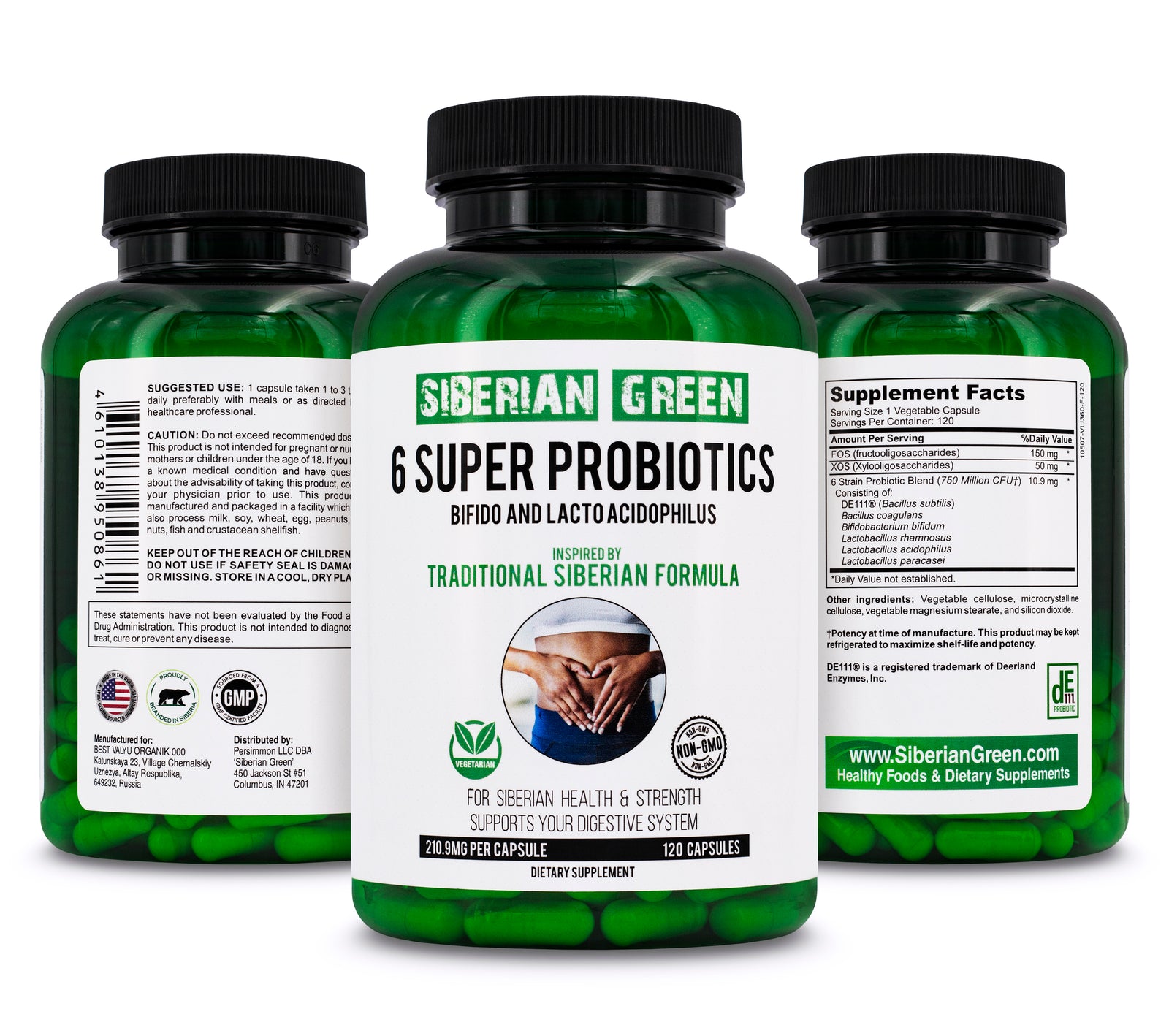Probiotics are non-pathogenic and non-toxin-producing living microorganisms that provide a beneficial effect on the human body when systematically consumed.
Our intestines contain microorganisms that populated them at birth and further in the process of colonization. Many of these bacteria are considered beneficial or "friendly", their other name is non–pathogenic. The functions of such bacteria include the conversion of fiber into short-chain fatty acids, the synthesis of certain vitamins, and the support of the body's immune system. Using probiotics can help increase the number of beneficial bacteria.
In essence, probiotics are microorganisms that provide a variety of beneficial effects for our health when consumed in the right amount.
In what cases can probiotics help?
Probiotics can help reduce constipation, including those that occur with irritable bowel syndrome with a predominance of constipation. Several studies have shown that the addition of certain probiotic strains can reduce constipation in both adults and children.
Probiotics can also help with diarrhea. Several studies have found that probiotics reduce the frequency of stools in diarrhea associated with an infection that occurs with food poisoning and gastroenteritis, commonly known as "stomach flu".
Today, anyone can use it in their diet in the form of capsules, dietary supplements, or with food. At the same time, fermented foods such as sauerkraut, kefir, and yogurt are especially rich in probiotics. But how did the indigenous inhabitants of remote territories, for example, cold and snow-covered Siberia, compensate for the lack of probiotics in their ration?
Historical traditions of Siberian food.
The use of “forest gifts” is one of the main features of traditional Siberian cuisine. Locals everywhere stocked up on pine nuts for the whole winter season. Nuts were a constant dish at family meetings and tribe gatherings. Oil was squeezed out of pine nuts. A purely Siberian drink was "pine milk", made from crushed pine nuts.
Traditional drinks for Siberia were berry compotes and jelly. The basis for these drinks were infusions on a current leaf, herbs, honey, berries.
The berry was dried and made soaked (filled with spring water with the addition of honey). This was how cranberries, whortleberries, and blueberries were stored, which in winter was as fresh. Strawberries and wild cherry were dried by Siberians and then added to pastries. Cranberries were especially popular among the locals.
A typical Siberian of the 17th-19th century always had a reserve of taiga mushrooms. It is curious to note that under the concept of "mushrooms" only pears or whites fell.
Honey was a favorite delicacy of indigenous Siberians. It was even served as a separate dish. Bread and even fresh cucumbers were dipped in honey! It was added to lean dishes, such as porridge or jelly.
They liked to stew pork with cabbage, and beef with potatoes. With the arrival of Russian researchers, more luxurious dishes began to appear - beef stroganoff, steaks, entrecote, stuffed chicken, but this period fell only in the second half of the 19th century.
As you can see, dairy products in the Siberian diet at that time were considered a deficit and were very rare. Some residents of Southern Siberia, due to the milder climate, still had access to a permanent source of probiotics – they have been engaged in cattle breeding for several centuries.
From dairy dishes, cottage cheese, sour cream, and cheeses were used most of all. Cheeses were made from cottage cheese, adding eggs and keeping under pressure. In winter, milk was frozen in "circles", it was convenient to store them or take them on the road (on a hunting expedition, for example). Sometimes, before freezing, milk was mixed with raw eggs. It is not surprising that it is Southern Siberia that is still breaking records among all regions of Russia in the number of centenarians.
Disclaimer: For educational and informational purposes only. The information provided by Persimmon LLC (“we,” “us”, or “our”) on https://siberiangreen.com (the “Site”) is for general informational purposes only. All information on the Site is provided in good faith, however we make no representation or warranty of any kind, express or implied, regarding the accuracy, adequacy, validity, reliability, availability or completeness of any information on the Site. UNDER NO CIRCUMSTANCE SHALL WE HAVE ANY LIABILITY TO YOU FOR ANY LOSS OR DAMAGE OF ANY KIND INCURRED AS A RESULT OF THE USE OF THE SITE OR RELIANCE ON ANY INFORMATION PROVIDED ON THE SITE. YOUR USE OF THE SITE AND YOUR RELIANCE ON ANY INFORMATION ON THE SITE IS SOLELY AT YOUR OWN RISK.





Leave a comment (all fields required)